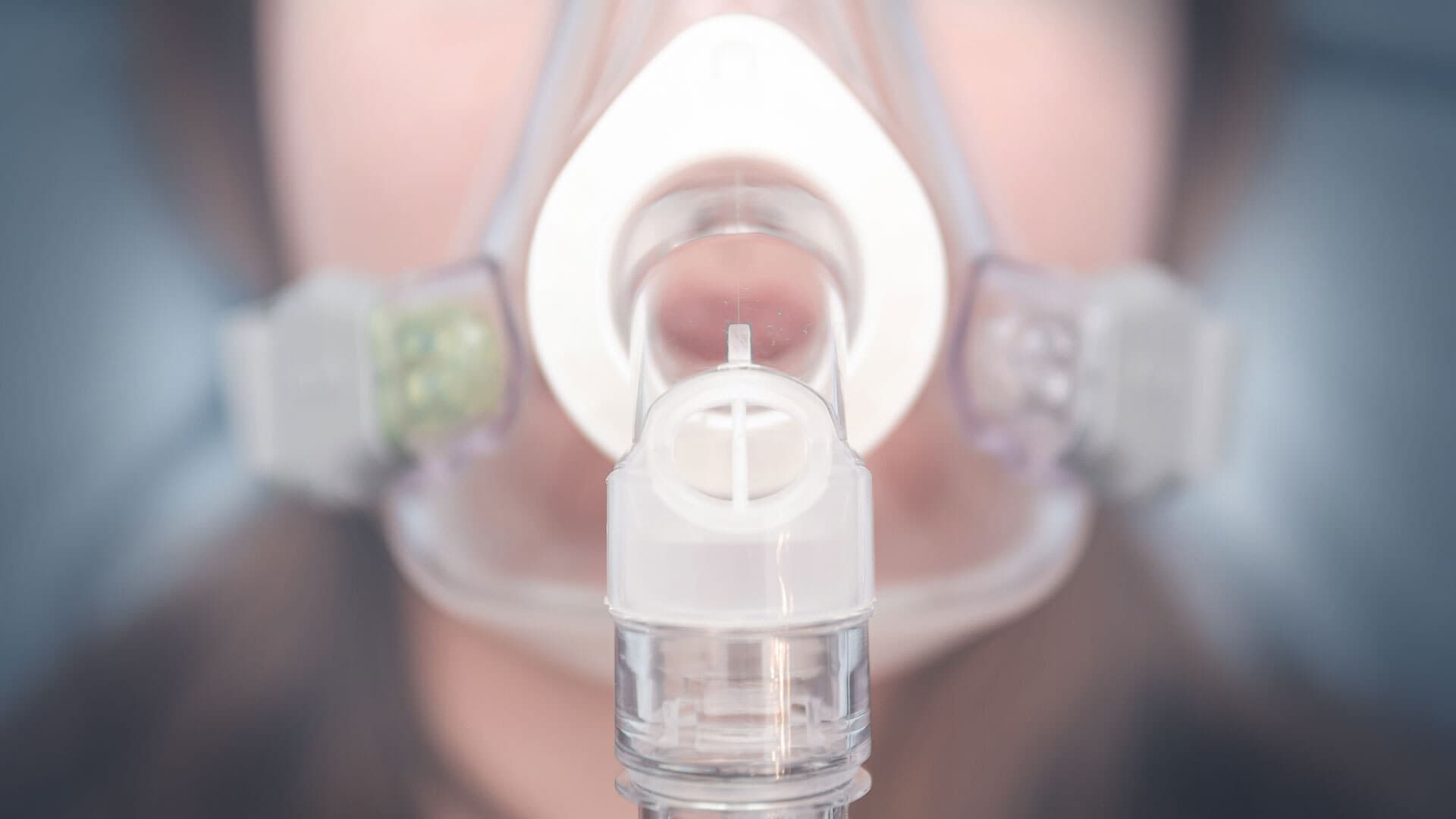$3.6M NSF Grant Supports Researchers’ Work to Create ‘Third Lung’
Treatment Spurred by COVID-19 Pandemic Has Much Broader Applications for Respiratory Failure Patients

UMD engineering researchers are working with University School of Medicine doctor to provide an alternative to mechanical ventilators by infusing highly oxygenated liquid into patients' abdominal cavities to create, in effect, a "third lung."
Photo by Shutterstock
Treating people with severely compromised lung functions presents a cruel dilemma: Although such patients need a mechanical ventilator to help them breathe, the ventilator itself can also cause lung injury and compound their problems.
A team of UMD engineers, in collaboration with University of Maryland Medical System (UMMS) surgeon Joseph S. Friedberg, has been working to develop an alternative. By circulating a highly oxygenated liquid, perfluorocarbon, through a patient’s abdominal cavity, doctors can in effect create a “third lung,” providing an oxygen boost for those struggling to breathe.
“The idea is to pump an oxygen-rich liquid into the cavity and then rely on the oxygen’s diffusion into the patient’s blood vessels, along with the diffusion of carbon dioxide out of the blood vessels,” said UMD mechanical engineering Professor Hosam Fathy.
He and fellow UMD mechanical engineering Professors Jin-Oh Hahn, an affiliate of the Fischell Institute for Biomedical Devices, and Miao Yu, of the Institute for Systems Research, are handling the engineering aspects of an idea conceived by Friedberg, the Charles Reid Edward Professor of Surgery at the University of Maryland School of Medicine and Thoracic Surgeon-in-Chief at UMMS. With help from a National Science Foundation (NSF) EAGER grant, they conducted preliminary research that demonstrated the efficacy of the approach.
Now, the NSF has awarded the team a collaborative Growing Convergence Research (GCR) grant totaling $3.6 million to perfect the “third lung.” GCR was identified as one of 10 Big Ideas by the NSF, and integrates knowledge, methods and expertise from different disciplines to solve vexing research problems, in particular, complex problems focusing on societal needs.
Among other contributions, the UMD engineers are devising ways to control pressures, temperatures and flow rates more precisely, and creating a sophisticated data acquisition system that can track the entire process. Yu is developing sensors that can accurately measure dissolved concentrations of gases. Fathy and Hahn, meanwhile, are working on control algorithms for the system.
“The concept is Friedberg’s, and he’d already successfully demonstrated it before coming to us,” Fathy said. ”But we can improve it in ways that make it more feasible medically as well as more cost-effective.”
Although the team has been spurred by the need to help save lives during the pandemic, their research has much broader applicability, according to Friedberg. “Long term, we believe this technology could find a standard role in the treatment of any patient with recoverable lung injury from any cause,” he said.